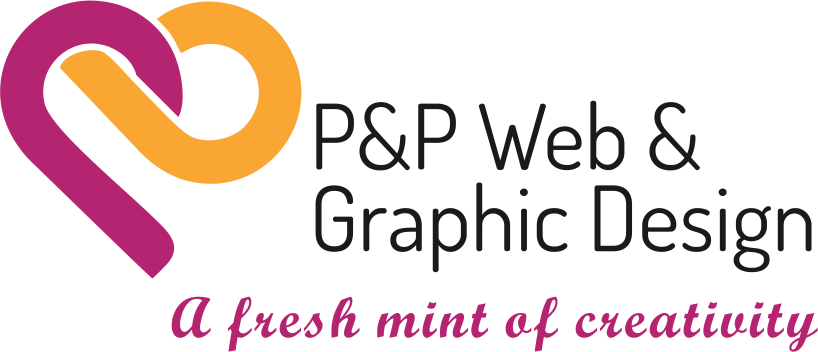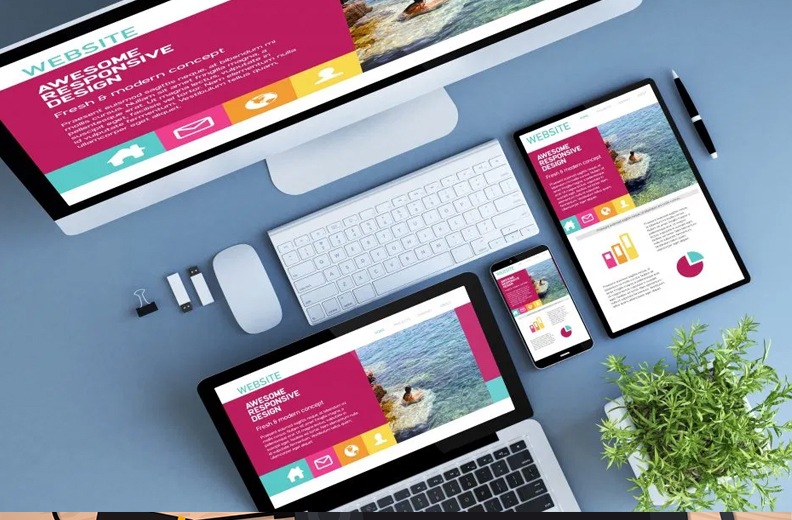- Have any questions?
- (Prasad) +91 96191 46851 | (Parag) +91 99878 20022
- support@pnpwebdesign.com
The Art and Science of Effective Website Design

The Art of Creating a Stellar Website
October 23, 2023
Unleash Your Creativity: Exploring the World of Website Templates
October 23, 2023The Art and Science of Effective Website Design

Website design is more than just creating an attractive online space. It’s about crafting a digital experience that captures your audience’s attention, tells your story, and drives your goals. In this post, we’ll delve into the world of website design, discussing its significance, principles, and practical tips to create a website that stands out.
Why Website Design Matters
Your website is often the first point of contact between you and your audience. Here’s why it matters:
1. First Impressions Count
- Your website is your digital storefront. An appealing design creates a positive first impression, enticing visitors to explore further.
2. User Experience
- A well-designed website ensures a seamless and enjoyable user experience. It keeps visitors engaged and encourages them to stay longer.
3. Brand Identity
- Your website should reflect your brand’s personality, values, and aesthetics, providing a consistent identity across all platforms.
4. Navigation and Accessibility
- Intuitive navigation and accessibility features are essential. A user-friendly design helps visitors find what they’re looking for quickly.
5. SEO Friendliness
- An SEO-optimized design can significantly improve your website’s visibility on search engines, driving more organic traffic.
Key Principles of Effective Website Design
Now that you understand the importance, let’s explore the key principles of effective website design:
1. User-Centered Design
- Start by understanding your target audience. Design with their needs, preferences, and behaviors in mind.
2. Responsive Design
- Ensure your website is responsive and adapts to various screen sizes, from desktop to mobile. Mobile-friendliness is crucial for SEO and user experience.
3. Simplicity and Clarity
- Keep your design simple and uncluttered. Use a clear and legible font, logical navigation, and well-structured content.
4. Visual Hierarchy
- Guide your visitors through your content with a clear visual hierarchy. Use headings, subheadings, and contrasting elements to highlight important information.
5. Consistency
- Maintain a consistent design throughout your website. Consistency in colors, fonts, and layout contributes to a polished and professional appearance.
6. High-Quality Imagery
- Use high-quality images and multimedia that align with your brand and message. Avoid pixelated or blurry visuals.
7. Speed and Performance
- Optimize your website for speed. Slow-loading sites can deter visitors. Compress images and minify code for improved performance.
8. Call-to-Action (CTA)
- Incorporate clear and compelling CTAs that guide visitors toward desired actions, such as making a purchase or signing up for a newsletter.
A Human Touch in Website Design
Effective website design isn’t just about aesthetics; it’s about connecting with your audience on a human level. Share your story, values, and team members to create a genuine and relatable experience. Testimonials, case studies, and client stories add a personal touch that builds trust and rapport.
The Ongoing Journey
It is an ongoing process. Regularly assess your website’s performance, gather user feedback, and make necessary improvements. Stay updated with the latest design trends to keep your website fresh and engaging.
Conclusion
In a digital world, your website design is your online handshake. It’s the first impression that can make or break your online success. With a user-centered approach, a touch of personality, and a commitment to ongoing improvement, your website can be a powerful tool for connecting with your audience and achieving your goals.




